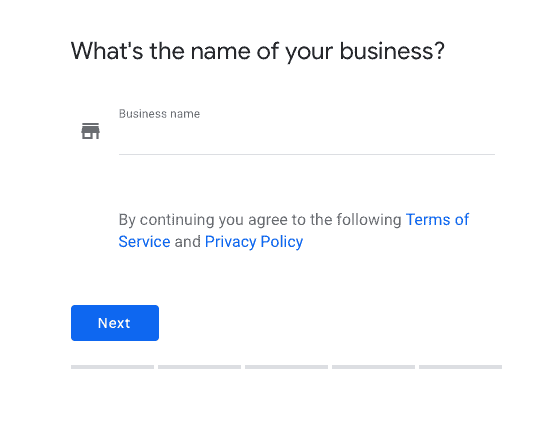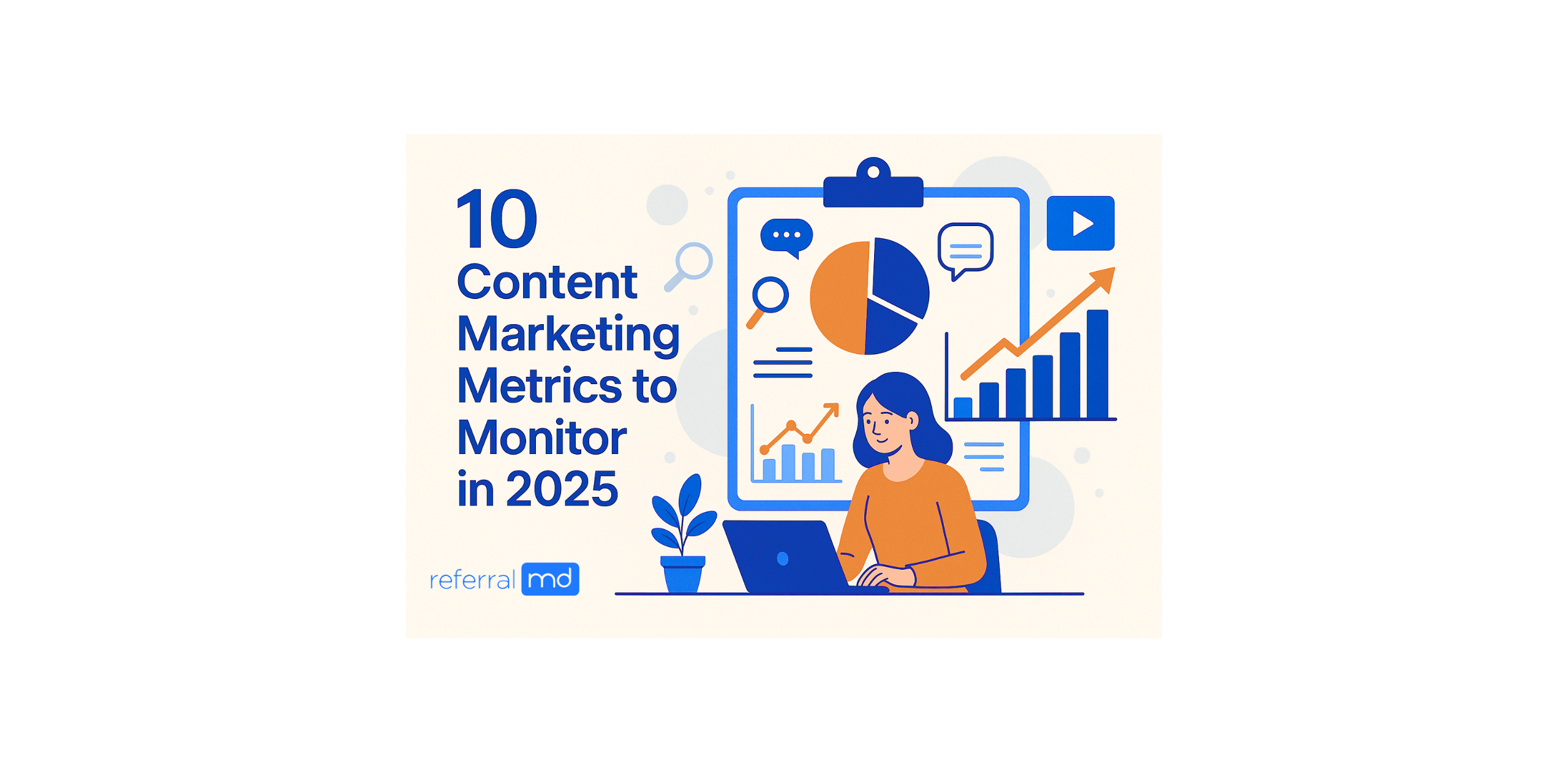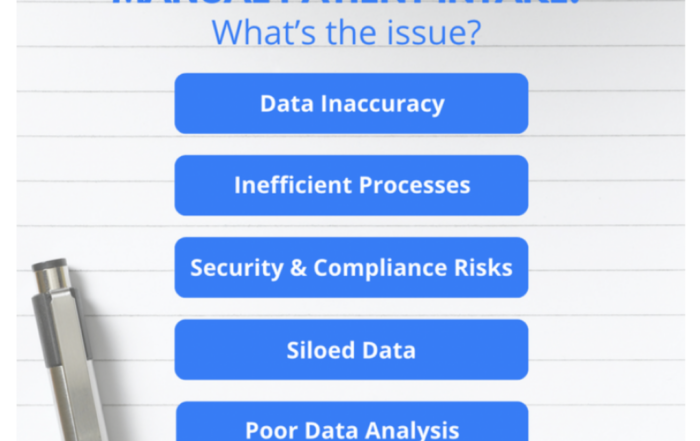Mobile marketing has become a pretty big deal in the healthcare software sector. It’s when you share and build brand awareness in a way that’s optimized for mobile devices throughout social media, your website, and your apps. In some ways, it should work alongside your desktop marketing efforts. In other ways, it should probably start to eclipse them. Why? Stats show that in 2018 70% of web traffic came from mobile devices. Meanwhile, 95.1% of active Facebook users access their accounts via their mobile devices.
If your desktop marketing strategy is winning for you but conversions are still down, it might be because your potential customer base is using their mobile devices to find you – but you’re not doing the right things to market your business to them. See, when it comes to mobile marketing there are right things to do and wrong things to do. In this article, we’ll take a look at both to ensure your mobile strategy is as strong as it can be throughout 2019.
Do’s
Create Mobile-Friendly Content
Got a well-performing desktop version of your website? Fantastic. The problem is that it won’t help you with your mobile audience.
Mobile users behave differently to desktop users. They’re less patient, for one thing, and they want actionable information they can digest and execute on while on the move. Their searches are also more specific. But it’s not just this. What’s also important to bear in mind that the mobile screen is a LOT smaller than the desktop screen. As such, you have to adapt your content accordingly.
How so?
Well, think about your headlines. On a desktop, a headline such as “17 Ways To Improve Your Lead Generation Strategy And Skyrocket Conversions For Your Health App By 20%” probably works well. On mobile, this headline must be shorter.
You could turn it into something like this: “17 Ways To Boost Leads and Conversions For Your Health App.”
It’s important that you distill the essence of your desktop headline and keep it compelling, but it’s equally important that you shorten it for your mobile audience.
And you need to do this with everything on your site, from your body copy to even your call to action. It’s also a good idea to remove anything that could be a distraction, such as unnecessary buttons, and you need to keep your image use to a minimum. Just think about your mobile audience and their devices before you create your content.
Optimize For Local Searches
As mentioned above, the way mobile users behave and search is different from the way desktop users behave and search. One key difference is that most local searches come from mobile devices. Perhaps even more importantly, 88% of customers who make a local search go onto taking action within the next 24 hours.
To that end, it’s really important that you optimize your mobile website for local searches by adding your site to Google My Business. This is very easy to do. Just pop over there and follow the instructions. Simply listing your website there can boost your search engine traffic significantly because mobile device users will automatically see your business’s location when they perform a search.

Source: GoogleMyBusiness
Once you’ve done that, you can start claiming your business on local directories, such as CitySearch, Yahoo!, And Yelp.
Then, make sure to optimize your title tags and meta descriptions so that they’re targeting local audiences. For example, keep them compelling and keep your main keywords in there, but add your location and a line like “the leading healthcare solution.”
For more help, here’s a guide to local SEO.
Make Your Website Easy to Navigate
There are a variety of reasons people bail out of mobile websites pretty quickly. One of them is poor navigation. If you improve your navigation, your mobile strategy will improve, as will your conversions.
The key to good navigation is having a responsive design in place. Without a responsive design, the mobile version of your website will look messy and impossible to use.
You can even use plugins such as WPtouch to make your life super easy on this front. Once installed, this plugin will take care of most of the hard work for you.

Photo by Diggity Marketing on Unsplash
The great thing about WPTouch is that it offers lots of themes so you can customize the look and feel of your mobile website
The hard work you have to do, however, is the A/B testing. This is when you test what works and what doesn’t. When it comes to navigation, A/B testing is really important as you’ll discover what’s helping users move around your website, and what is hindering them.
Make Your Website Easy to Use
Following on from the above point, the key to your mobile strategy in 2019 is a mobile website that’s easy to use.
It’s really just a case of putting yourself in the shoes of your customers and thinking about what would put you off.
For example, how about poor site load time? If a website takes too long to load, the mobile user (who is in a hurry) will exit.
It’s the same with little things, such as autoplay videos. Again, an impatient mobile user is going to bail out pretty darn quickly if a video begins to play automatically just as they’re reading content on the move. It’s not good.
Another ‘little thing’ is your dropdown menus. On the mobile version of your website, you don’t want to have too many.

Photo by Rodion Kutsaev on Unsplash
Build Amsterdam’s dropdown menu is incredibly simple – as it should be
Poor design is another no-no.
Just take a look at your website and see how you can improve the user experience. Remove obstacles and distractions, and just generally look to make it as easy to use as possible.
Create Videos
You might think that videos will slow a mobile device down. On the contrary, mobile users are thirsting for more videos because they’re easier to consume than text on those small devices.
In fact, while just over 50% of all mobile traffic is video right now, it will rise to as much as 75% by 2023.
The time to start adding videos to your pages is now. You could add videos that demonstrate how your products or services are used (tutorials), which are great for encouraging more conversions.
Or, you could add videos that introduce your brand, just like this one from The Dollar Shave Club. Make sure these are personable, of course.
Utilize QR Codes
We’ve already pointed out that mobile users are in a hurry, and as such want things fast. And what could be faster than QR codes, which literally stand for ‘quick response’?
QR codes are tailor-made for mobile devices. They store a pile of data and can be transmitted quickly and digitally so that the end-user gets what they want from your website as soon as possible. Perfect.
Especially if you’ve got a tonne of data to transmit via mobile browsers, creating QR codes is essential.
And the good news is that they’re not even difficult to make. In fact, you can use a tool like Kaywa to help you.
Don’ts
Don’t Send The Same Information To All Mobile Devices
Put yourself in the position of one of your customers. Let’s say you own an Android device. A business you’ve purchased from recently sends you a notification to your device. The problem is that it’s displayed really oddly.
It’s displayed so oddly that you can’t even read it! And you definitely won’t be taking action.
The reason for this is because the business has sent you the exact same message that they’ve sent to an iPhone and even a Blackberry. Why have they done this? Because they haven’t taken the time to learn what devices their customers are using.
Remember that not all mobile devices are the same. The way they display messages and information is different. For this reason, it’s important that you take a look at your analytics and learn more about the devices your customers are using. Then, you can target specific devices with specific information that’s displayed correctly.
Don’t Rely On The Same Communication Channel
You shouldn’t limit the number of communication channels you use, because each channel will yield different results and responses. What you should do is make use of as many channels as possible so that you reach the right customers with the right message.
For example, while some marketers might tell you that young people don’t use email much these days, research shows that – on the contrary – 3/4 teenagers still use it. They still check their emails, and sometimes they check them before they even check Facebook in the morning!
Then, of course, there are social media. You’ll want to make the most of platforms like Facebook, Twitter, and Instagram to push your brand. Don’t worry, you can use tools to help you out, such as Hootsuite.

Photo by NordWood Themes on Unsplash
Hootsuite
Check out this DrumUp review, too, a tool that will help you curate and schedule awesome mobile-friendly content. You also shouldn’t discount push notifications, Facebook Messenger, and even WhatsApp.
Work out what messages to send on which platforms. For example, you might decide to use email to raise awareness of your sales and promotions, while you might use push notifications to relay urgent information to your customers. Texts, on the other hand, are awesome for sending exclusive deals to your customers.
At the same time, you might use social media to run contests and share funny visuals that help to build a proper relationship.
However you do it, you need to open up the lines of communication and make use of more than just one.
Don’t Have a Checkout Page That Isn’t Mobile Friendly
If you’ve managed to convince a lead to visit your website and actually make a purchase, great! Well done.
However, there’s still work to be done. On average, 67.91% of customers will abandon their cart. That’s staggeringly high and there are a variety of reasons for this, such as unexpected shipping costs.
When it comes to mobile, users will bail out because of a slow loading page, an overly complicated checkout page, the inability to check out as a guest, as well as a lack of preferred payment methods.
The good news is that all of these issues can be rectified.
First, run your page through a mobile site speed tester to gauge how long it takes to load. Then, simplify things by removing any needless distractions and keeping your forms short. Keep the whole process easy to follow.
Add the ability to check out as a guest. While you might think this won’t benefit you in the long run, asking a first-time customer to register there and then can cause them to exit there and then! Give them the option and then perhaps encourage them to register by enticing them with a coupon code.
Fourthly, make sure you add mobile-friendly payment options. You can use a Payment Service Provider, and it’s also really important that you add your customers’ preferred payment methods. If most of them prefer to pay with PayPal but you don’t have PayPal, they will bailout. It’s all about trust. Ask yourself this: Would you hand over your bank details to a company you’ve never heard of before if you can’t see a trustworthy payment method?
Don’t Avoid Chatting With Your Customers
Conversational marketing was heralded as “the future” in 2018, and for good reason. In essence, it’s when you offer a hyper-personalized shopping experience by talking to your customer 1:1 throughout the whole process.
It’s no longer a case of talking to your customers. Instead, you’ll be talking with them so that you uncover their real needs and wants. Armed with this information, you can guide them along the customer journey with ease until they convert.
If you don’t talk to your customers 1:1, you’re missing the chance to improve their shopping experience. It won’t be as fast, as personalized, or as tailored as they want in 2019. Customers want to be able to send you a message before receiving a near-instant response from either your marketing team – or a digital assistant.
The key to making conversational commerce work on mobile is keeping all your conversations with individual customers in one place. This means they don’t have to switch from platform to platform but can chat with you in a single messaging channel. It shortens the sale cycle and makes their life much more hassle-free.
Moreover, if you use digital assistants, you can learn more about each customer with each conversation. By learning more about their needs, wants, shopping habits, and shopping history, you can shorten the conversations even more and recommend more of the products they’ll love.
All in all, think of conversational mobile marketing like this: While keywords are good for SEO and machines, conversations are what builds relationships and connects brands with people.
Conclusion
The good news is that mobile marketing is no more difficult to do than all of the other marketing you’ve done so far. Of course, there’s work to be done and a new type of audience to get to grips with. But it’s really important that you make a start as soon as possible, before tracking your results to make sure you’re on the right path. Then, it’s just a case of making tweaks until your conversions start to rocket.









